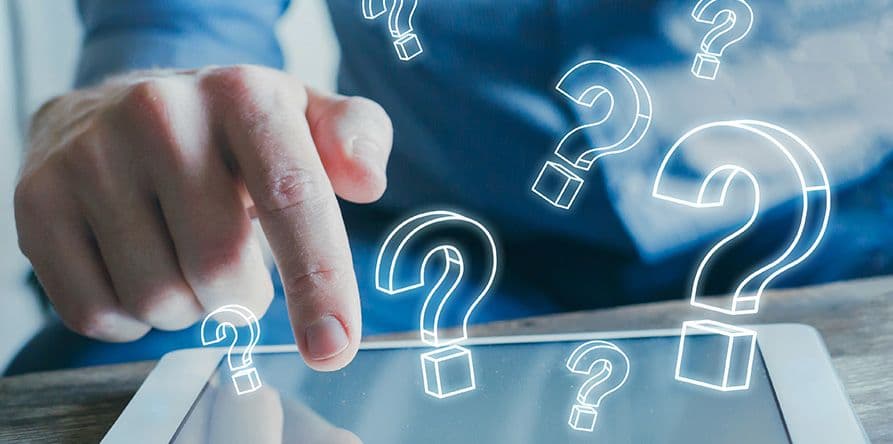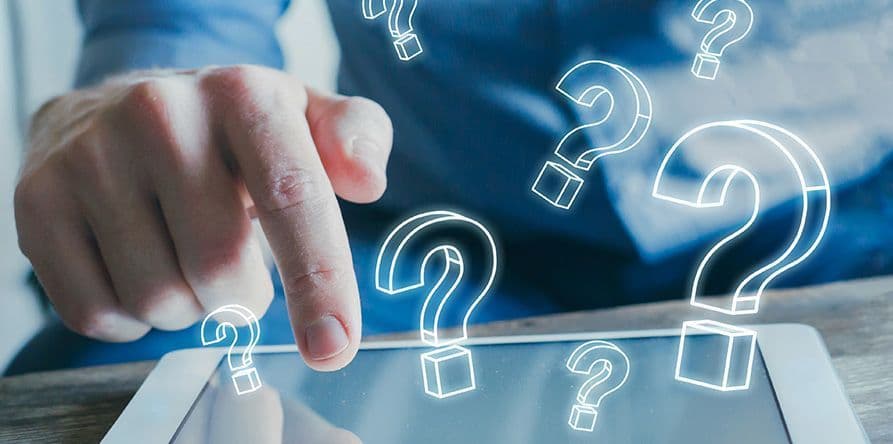Loans
Our loans section simplifies borrowing decisions with side-by-side comparisons of loan products and lenders. Access detailed guides on mortgage options, personal loans, auto financing, business capital, debt consolidation strategies, and credit-building loans.
Each resource offers clear explanations of terms, qualification requirements, and strategic advice to help you secure optimal rates while avoiding common borrowing pitfalls.
Comparisons

No Teletrack Tribal Loans
16 Min readLoans

FHA Loans
20 Min readLoans

Top 5 Cash Flow Loans
13 Min readLoans

Loans Like OppLoans
12 Min readLoans

$50 Instant Loans
29 Min readLoans

eLoanWarehouse Payday Loans: Alternatives
14 Min readLoans

$1,000 Payday Loan
19 Min readLoans

Loans Like Speedy Cash
24 Min readLoans

Payday Loan Consolidation
20 Min readLoans
Posts

Closing Costs
15 Min readLoans

What is Pre-Approval?
15 Min readLoans

Why Can’t I Get a Loan
6 Min readLoans

Low-Income Home Equity Loans
6 Min readLoans

Where to Get a Personal Loan
8 Min readLoans

5 Ways to Fund Your Real Estate Biz
8 Min readLoans

Cash-Out Refinance vs HELOC
11 Min readLoans

How Often Does Your Credit Score Update?
8 Min readLoans

Apps Like Earnin
23 Min readLoans
Wikis

Mortgage Amortization
5 Min readLoans

Pawn Shop Loans
16 Min readLoans

Subsidized vs. Unsubsidized Loans
9 Min readLoans

Reverse Mortgage
22 Min readLoans

Loan Capitalization
7 Min readLoans

I need money now
13 Min readLoans

How Fast Will a Car Loan Raise My Credit Score
10 Min readLoans

What is a Debt-to-Income Ratio?
8 Min readLoans
Answers

Why Is APR Important for a Car Loan?
2 Min readLoans

Where To Get Small Business Loans?
2 Min readLoans

Which Banks Offer Personal Loans
2 Min readLoans

How Long Does It Take To Get a Personal Loan?
2 Min readLoans

How Does a Personal Loan Affect My Credit Score?
2 Min readLoans

What is a Good Credit Score?
2 Min readLoans

How to Calculate Net Income
3 Min readLoans

What Is a Good Interest Rate on a Used Car?
2 Min readLoans

Is a Payday Loan Secured or Unsecured Debt?
5 Min readLoans





